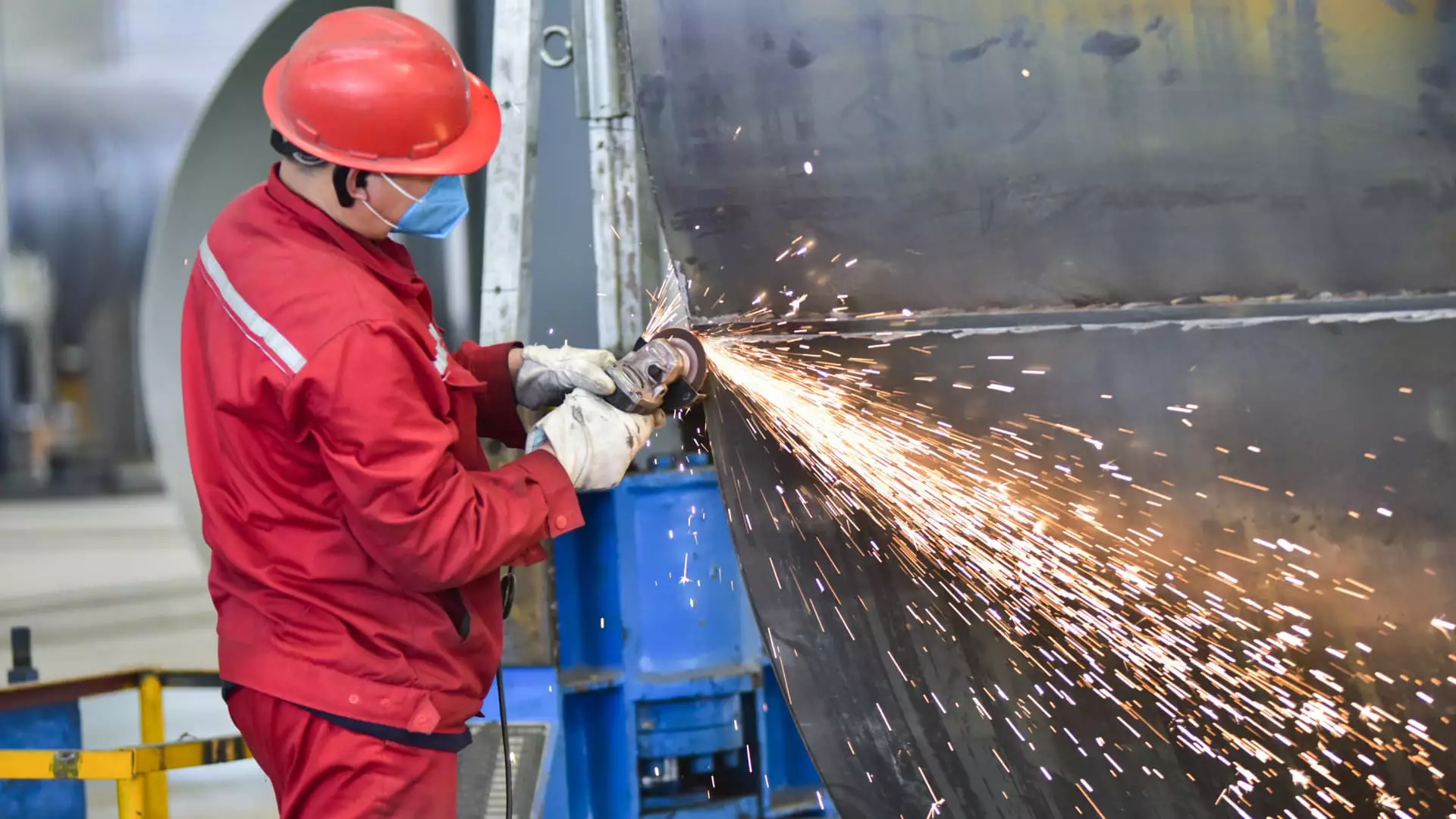As the world’s second-largest economy grapples with the aftereffects of earlier instability, new data from November has revealed a surprising growth trajectory in China’s manufacturing sector, particularly among smaller entities. A recent survey conducted by Caixin and S&P Global has reported a purchasing manager’s index (PMI) of 51.5, a figure that not only surpasses the median market expectations but also reflects two consecutive months where the index has maintained a status above the critical 50 thresholds indicative of expansion.
The rise in manufacturing activity can be attributed significantly to the influx of new business orders, a development that has reinvigorated many smaller manufacturing firms. According to Wang Zhe, a senior economist with Caixin, there has been a noteworthy uptick in incoming new orders, marking the highest growth in over three years. This surge in orders parallels the increase in export requests, which further strengthens the overall growth narrative. The Caixin PMI, generally more reflective of small to medium enterprises compared to official statistics that primarily focus on larger state-owned enterprises, paints a somewhat optimistic picture contrasting with the broader economic challenges.
Recent data releases also include an official PMI report showing a modest rise to 50.3, reinforcing a cautious but positive outlook. While this data hints at stabilization within the sector, experts warn against jumping to conclusions. The stabilization appears contingent upon various internal and external economic factors and may require continued vigilance to maintain momentum.
The Impact of Stimulus Measures and Market Sentiment
Economists and industry analysts interpret this growth as a favorable consequence of China’s recent stimulus initiatives, particularly those activated late in September. Historically, stimulus measures are designed to shore up economic activity and restore confidence among consumers and businesses alike. However, Gary Ng of Natixis emphasizes that for genuine recovery, sustained enhancements in consumer and business sentiment are essential. A stronger real estate market and increased fiscal spending over the ensuing months are crucial for fostering an environment conducive to ongoing growth.
Despite the recent positive indicators, the broader economic context reveals persistent challenges. The figures disclose a 10.3% decline in real estate investment year-on-year, coupled with a 10% drop in industrial profits in October. These figures indicate that the road to recovery is steep and fraught with economic hurdles.
The Chinese government has made significant concerted efforts to stimulate growth through measures such as lowering the reserve requirement ratio (RRR) to inject liquidity and address the pressing local government debt situation. Additionally, the provision of a 10 trillion yuan plan aimed at easing local government debt demonstrates a proactive approach toward financial stability. Nonetheless, as the thermometer of global geopolitics fluctuates, the prospect of heightened trade barriers under a potential Donald Trump presidency could drastically alter the landscape for Chinese exports. Julian Evans-Pritchard from Capital Economics highlights that the prospect of increased tariffs could paradoxically lead to a short-term spike in export orders as companies rush to preemptively secure supplies.
Analyzing these dynamics reveals a mixed but somewhat positive sentiment toward the manufacturing sector. The current performance underscores a crucial phase of transition, characterized by an interplay between policy-driven growth and global market reactions. The impending months will be pivotal, requiring close scrutiny of internal investment flows and the influence of governmental strategies.
While the data points to an encouraging uptick in manufacturing, stakeholders in the Chinese economy should prepare for inevitable headwinds related to international relations, tariffs, and market competition. The resilience demonstrated by the smaller manufacturing firms serves as a beacon of potential recovery, yet it remains vital to underscore that lasting stability will hinge upon sustained demand, regulatory support, and adaptive strategies to navigate an evolving economic landscape.


Leave a Reply